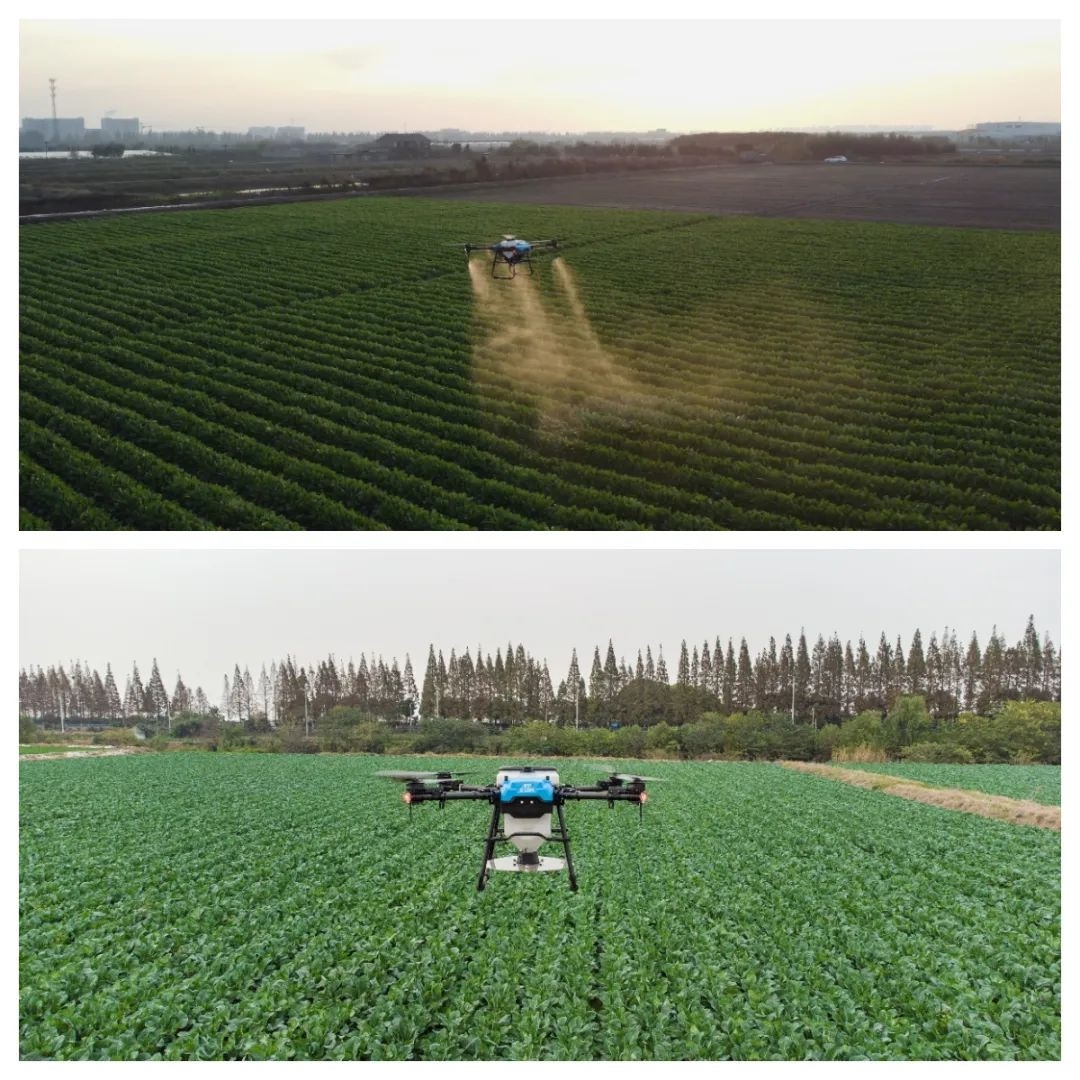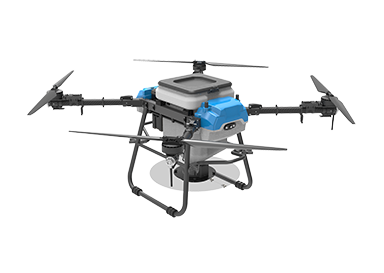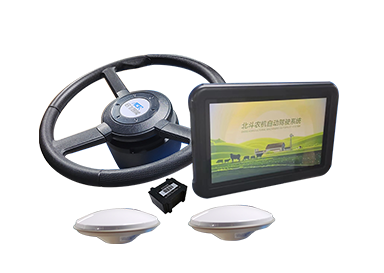
The application of agricultural drones is the main trend in the future
Development of agricultural machinery. Agricultural drone technology is a cutting-edge technology for pest and disease control, gaining increasing attention. These drones, equipped with efficient spraying facilities, achieve low-altitude operation for spraying.
Compared to traditional manual sprayers and self-propelled sprayers, agricultural drone technology has the advantages of high spraying efficiency, adaptability to complex terrain, suitability for large-scale and precision application, and represents the main trend in the future development of agricultural machinery. Currently, due to the requirements for food health, the scientific use of pesticides should start from three aspects: pesticide, pharmaceutical equipment, and pharmaceutical technology. Pesticide residue issues are of great concern, and there is an urgent need for the mechanization and intelligence of pharmaceutical equipment to address this.

Issues with Pesticide Use
Severe Pesticide Residue Problems: Traditional spraying machines produce large droplets with low pesticide utilization and poor control effects, leading to pesticide waste and significant residue on crops, affecting food safety. International markets have stricter requirements for pesticide residues. Controlling pesticide residues is crucial for the export of Chinese agricultural products. The promotion and use of plant protection drones can effectively reduce pesticide use and control crop pesticide residues.
Avoiding Pesticide Poisoning of Spraying Personnel: Annually, many farmers suffer from pesticide poisoning during spraying. In manual spraying, pesticides are applied directly to crops, and people walk back and forth in the crops, coming into direct contact with pesticides. Additionally, spraying personnel can be poisoned due to leaks in the sprayer or lack of protective measures, posing serious health risks. With drones, operators control the spraying remotely with a handheld controller, reducing direct pesticide contact and preventing poisoning.
High Spraying Efficiency, Suitable for Large-scale Use: As labor migrates from rural to urban areas, there is a decrease in agricultural labor in rural China, increasing labor costs in agricultural production. Additionally, better pay for migrant workers makes agricultural production less attractive. When pest infestations occur on a large scale, farmers face employment challenges. Moreover, the acceleration of land transfer in rural areas increases the demand for pest and disease control among family farms and large planters. The efficient operation of drones alleviates the labor shortage in rural areas.
Traditional Spraying Machine Technology: Outdated and Environmentally Damaging Most negative spraying technologies in China are outdated, with low pesticide utilization and effective adhesion rates. Moreover, the difficulty in pesticide absorption leads to increased use, creating a vicious cycle of spraying. Most of the solution is wasted, flowing into the soil, causing soil hardening and river pollution. Therefore, traditional sprayers are no longer suitable for agricultural production and are being phased out. Developing plant protection drones with high pesticide utilization and minimal usage is an effective way to address environmental pollution caused by excessive pesticide use.
Technical Requirements
Clean pesticide tanks with complete filter devices at the inlet, clear measurement scales; equal spacing and uniform coverage of nozzles; smooth infusion pipes. Before spraying, check the flow rate of each nozzle, ensuring an error of less than 5ml for 100ml; clean tanks and mixing tools when changing pesticides.
Pesticide Preparation: Determine the pesticide dilution concentration based on flight height and speed, using a secondary dilution method. First, add a small amount of water to a container, then slowly add the pesticide formulation, stirring thoroughly to create a stock solution or powder, then add to the pesticide tank and mix evenly with flight additives. The requirements for water in pesticide dilution are stricter for drone spraying compared to traditional spraying. Use the supernatant for pesticide preparation.
Advantages of Drone Plant Protection
Efficient Automation: With the transfer of land, large farms will continue to grow, increasing the demand for mechanization and automation in agriculture. Drones can cover up to 300 acres per day, much more efficient than traditional spraying methods. Additionally, operations use flight control navigation for independent operation. Before spraying, crop information in the field is collected via GPS, and flight paths are planned, allowing the drone to operate almost autonomously.






















 浙公网安备 33019202000647号
浙公网安备 33019202000647号
